Increased Focus on Safety Standards
Safety regulations are becoming increasingly stringent within the Fishplate Market. Regulatory bodies are emphasizing the need for high-quality materials and manufacturing processes to ensure the safety and reliability of rail systems. This shift is driven by a growing awareness of the potential risks associated with rail transport. As a result, manufacturers are compelled to adopt advanced technologies and materials that meet these enhanced safety standards. The Fishplate Market is likely to see a rise in demand for products that comply with these regulations, thereby fostering innovation and quality improvements across the sector.
Rising Demand for Rail Infrastructure
The Fishplate Market is experiencing a notable increase in demand due to the expansion of rail infrastructure projects. Governments and private entities are investing heavily in rail networks to enhance connectivity and reduce transportation costs. For instance, recent data indicates that rail infrastructure investments have surged by approximately 15% in the last year alone. This trend is likely to continue, as urbanization and population growth necessitate efficient transportation solutions. Consequently, the Fishplate Market stands to benefit from this heightened focus on rail infrastructure, as fishplates are essential components for ensuring track stability and alignment.
Sustainability and Eco-Friendly Practices
Sustainability is becoming a pivotal driver in the Fishplate Market. As environmental concerns gain prominence, manufacturers are increasingly adopting eco-friendly practices in their production processes. This includes the use of recycled materials and energy-efficient manufacturing techniques. Recent studies suggest that companies implementing sustainable practices can enhance their market competitiveness and appeal to environmentally conscious consumers. The Fishplate Market is likely to see a shift towards greener products, as stakeholders prioritize sustainability in their procurement decisions, thereby influencing market dynamics.
Technological Innovations in Manufacturing
The Fishplate Market is witnessing a wave of technological innovations that are transforming manufacturing processes. Automation and advanced materials are being integrated into production lines, leading to increased efficiency and reduced costs. For example, the adoption of 3D printing technology is enabling manufacturers to produce customized fishplates with greater precision. This trend not only enhances product quality but also allows for quicker response times to market demands. As these technologies continue to evolve, the Fishplate Market is expected to experience significant growth, driven by the need for more efficient and reliable rail components.
Expansion of Freight and Logistics Services
The Fishplate Market is benefiting from the expansion of freight and logistics services, which are crucial for economic growth. As e-commerce continues to rise, the demand for efficient rail transport solutions is increasing. Railways are recognized for their cost-effectiveness and lower carbon footprint compared to road transport. Consequently, investments in rail freight services are on the rise, leading to a greater need for reliable fishplates that ensure track integrity. This trend is expected to bolster the Fishplate Market, as stakeholders seek to enhance their logistics capabilities through improved rail infrastructure.


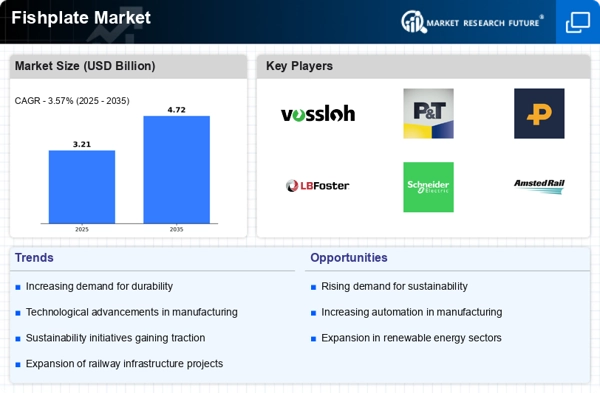
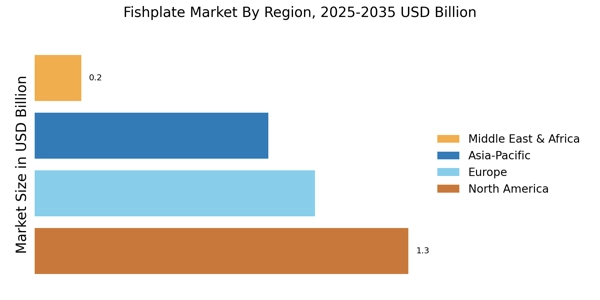
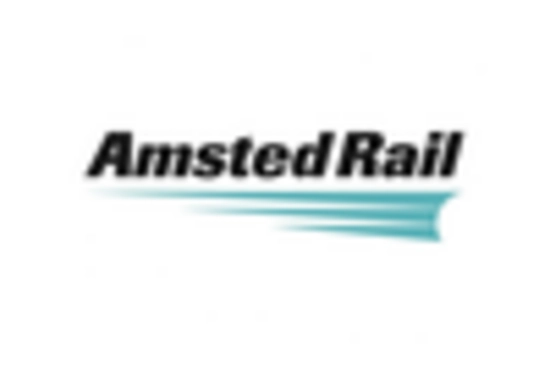
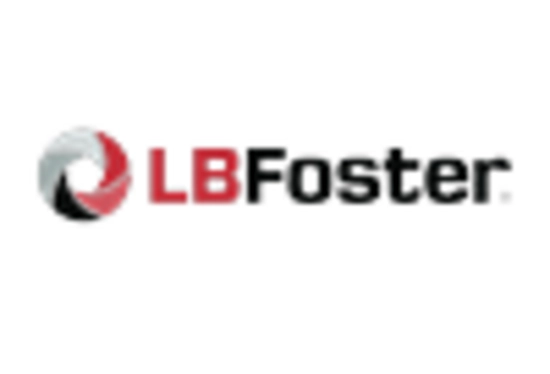
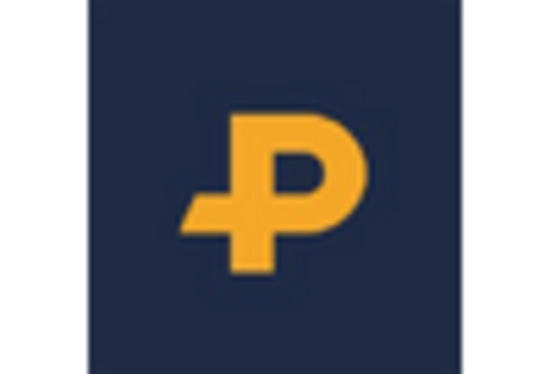


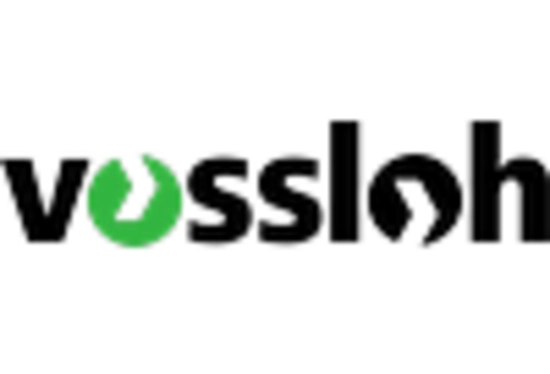








Leave a Comment